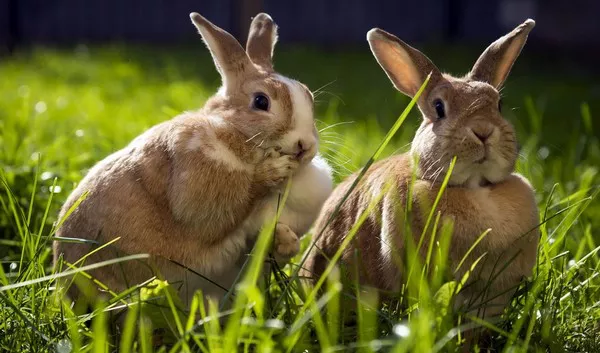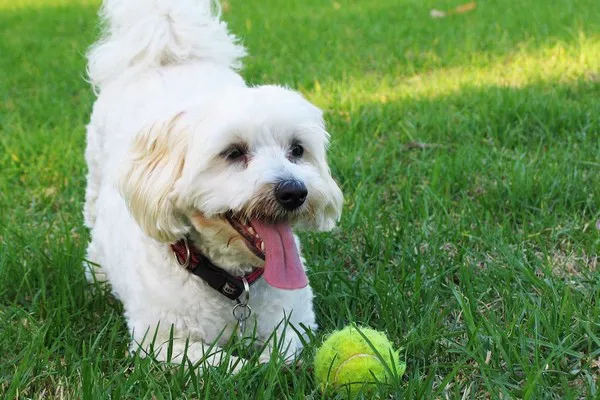Hay is an essential component of a rabbit’s diet, crucial for maintaining their dental and digestive health. However, some rabbit owners struggle with getting their furry companions to consume adequate amounts of this vital food source. If you find yourself in this situation, fret not! This comprehensive guide will delve into the reasons behind your rabbit’s hay aversion and provide practical strategies to encourage them to embrace a hay-rich diet.
Understanding the Importance of Hay
Before tackling the issue of hay consumption, it’s crucial to understand why hay is so important for rabbits.
Dental Health: Rabbits have continuously growing teeth, and chewing hay helps to wear them down naturally. Insufficient hay consumption can lead to overgrown teeth, causing pain, difficulty eating, and potentially life-threatening complications.
Digestive Health: Hay is rich in fiber, which is essential for maintaining a healthy digestive system in rabbits. Adequate fiber intake promotes proper gut motility, prevents gastrointestinal stasis (a potentially fatal condition), and helps control hairballs.
Mental Wellbeing: Chewing hay provides mental stimulation for rabbits, mimicking their natural foraging behavior. This can help prevent boredom and destructive behaviors.
Reasons Why Your Rabbit May Not Be Eating Hay
Several factors can contribute to a rabbit’s reluctance to eat hay:
Low-Quality Hay: Rabbits are discerning eaters and can easily detect low-quality hay. Hay that is dusty, moldy, or too coarse may be unappealing to your rabbit.
Lack of Variety: Offering only one type of hay can lead to boredom and decreased consumption.
Incorrect Hay Feeder: An unsuitable hay feeder can make it difficult for your rabbit to access the hay or may not be positioned in a way that encourages eating.
Underlying Medical Conditions: Certain medical conditions, such as dental problems or gastrointestinal issues, can make it painful or difficult for your rabbit to chew hay.
Behavioral Issues: Stress, anxiety, or territorial behavior can also affect your rabbit’s eating habits.
Strategies to Encourage Hay Consumption
Here are some effective strategies to encourage your rabbit to eat more hay:
1. Invest in High-Quality Hay:
Choose fresh, fragrant hay that is free from dust and mold.
Opt for a variety of hay types, such as timothy, orchard grass, and oat hay, to keep your rabbit interested.
Consider offering both first and second cuttings of hay. First cuttings are typically coarser and higher in fiber, while second cuttings are softer and more palatable.
2. Optimize Hay Presentation:
Provide hay in multiple locations throughout your rabbit’s enclosure, including areas they frequent the most.
Experiment with different hay feeders to find one that your rabbit prefers. Consider options like hanging feeders, ground-level feeders, and hay balls.
Make hay more enticing by stuffing it into cardboard tubes or paper bags, or by hiding small pieces of treats within the hay.
3. Monitor Your Rabbit’s Health:
Schedule regular checkups with a rabbit-savvy veterinarian to rule out any underlying medical conditions that may be affecting your rabbit’s hay consumption.
Monitor your rabbit’s droppings to ensure they are regular and well-formed. Any changes in droppings can indicate digestive issues that may require veterinary attention.
4. Address Behavioral Issues:
Create a calm and enriching environment for your rabbit to minimize stress and anxiety.
Provide ample opportunities for exercise and mental stimulation through toys, playtime, and social interaction.
If you suspect territorial behavior, consider spaying or neutering your rabbit.
See Also:Can Rabbits Go a Day Without Pellets?
5. Gradual Transition:
If your rabbit is accustomed to a diet low in hay, make the transition to a hay-based diet gradually to avoid digestive upset.
Start by mixing a small amount of hay with their current food, gradually increasing the ratio of hay over several days or weeks.
6. Limit Other Food Options:
While fresh vegetables and pellets are important components of a rabbit’s diet, overfeeding these can lead to decreased hay consumption.
Offer limited amounts of pellets and focus on providing a variety of fresh, leafy greens.
7. Positive Reinforcement:
Reward your rabbit with praise or a small treat when they eat hay. This can help create a positive association with hay consumption.
8. Patience and Persistence:
It may take time and experimentation to find the right strategies to encourage your rabbit to eat more hay. Be patient and persistent, and don’t hesitate to seek advice from your veterinarian or a qualified rabbit behaviorist.
By understanding the importance of hay and implementing these strategies, you can help ensure your rabbit enjoys a healthy and fulfilling life. Remember, a hay-rich diet is the cornerstone of rabbit health, and your efforts will be rewarded with a happy and thriving bunny companion.
Related Topics:
What Is Pellet Free Rabbit Diet: A Comprehensive Guide
All You Need to Know About Country Spirit Rabbit Feed
Who Makes Country Acres Rabbit Feed?

























